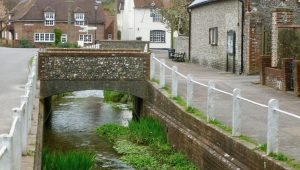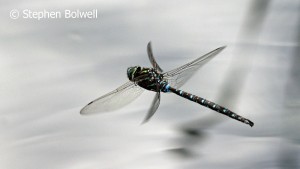On my first visit to Hawaii I saw a bumper sticker that I found amusing, because clearly there are no bad days in Hawaii.
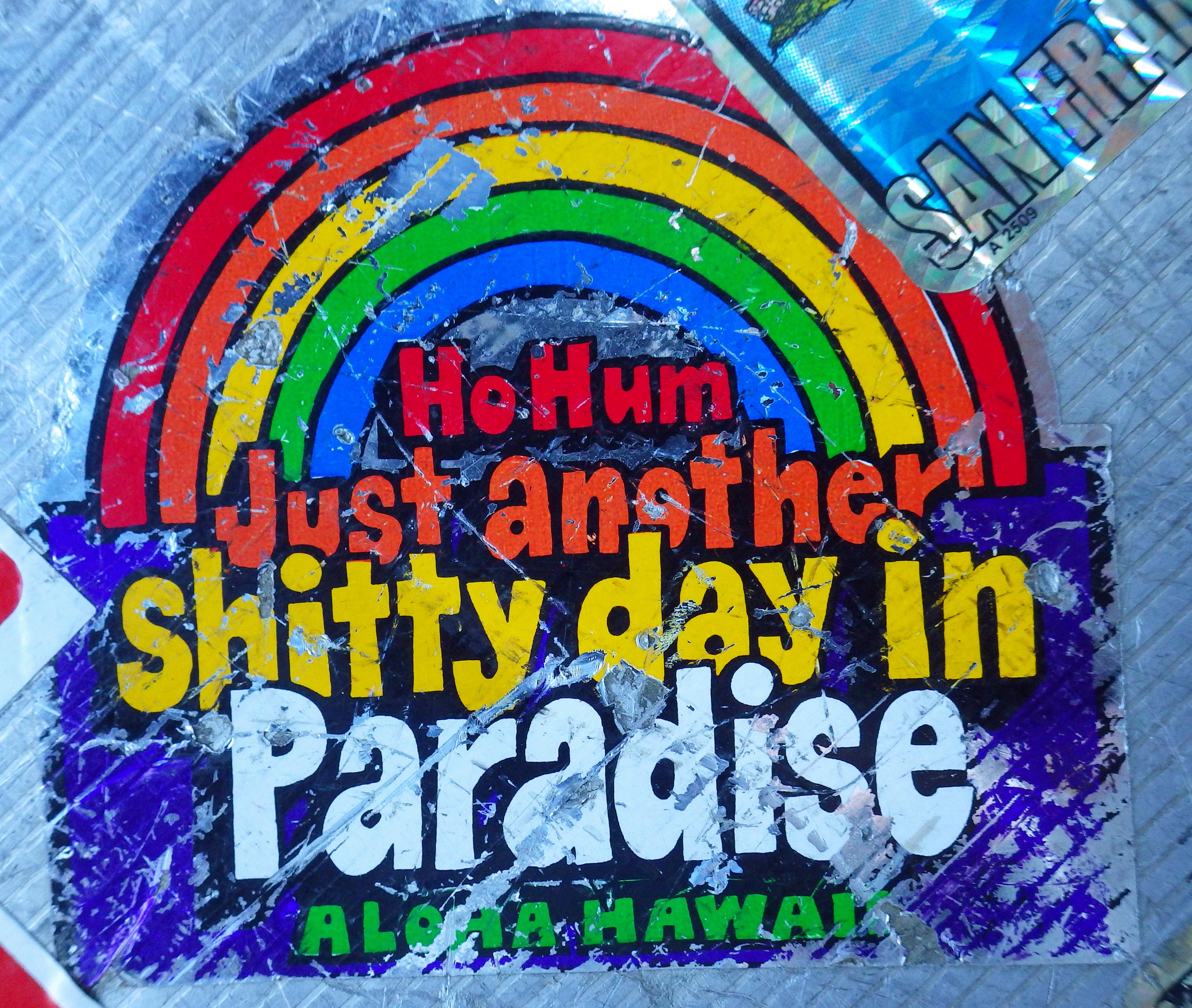
Every day on a tropical island seems pretty much the same to an outsider; barring the occasional storm, pleasant weather and spectacular light are the order of the day, but maybe there are more problems in paradise than most of us realise, although suggesting a luggage sticker has been designed with irony in mind might be stretching it a bit.
There are odd little things you notice. You might for example begin to wonder what’s going on when you go to hire your snorkel gear, because the second thing the sales person might try to do after fitting you up with underwater gear is to fit you up with a time share… it’s difficult to believe that anybody would waste half a day of their holiday looking at an apartment that on any level headed day outside of paradise, they’d want no part of.
But never mind that, the real disappointment is that on all the main islands there are any number of resorts where you can move from a high-rise hotel to a golf course, or a private beach and later return for a meal without ever making contact with reality. Unless you go out of your way, there’s no real need to set foot on anything that truly belongs on the Islands, whether that be a native grass, or if you’re feeling really mean… a native insect!
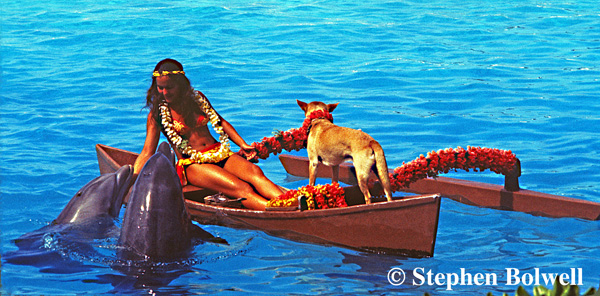
As I was leaving the Hotel the girl on hotel reception said, ‘Come again when you’ve earned some more money’. At the time this seemed mercenary, but at least refreshingly honest.
The tourist market is designed to extract money from those who have it as quickly as possible… and that’s fine, even though it often has nothing to do with supporting local economies. The real issue is, that worldwide, holiday resorts have been developed that degrade or destroy the environments around them. The justification is usually progress and providing jobs for local people, but in truth the smaller fish are often poorly paid, whilst the sharks tear into the profits and carry them away to some place offshore.
Without question, the Islands have a lot going for them – there’s sunshine, a tropical sea, rainbows, hula, mai tai and friendly people… and perhaps a little more Hawaiian guitar on the radio than is absolutely necessary, but the real question is… where is natural Hawaii?
In a single word the answer is extinct, or close to it. Clearly it would be madness to sell a holiday destination by pointing out that Hawaii has been described as the extinction capital of the world; and the Islands are now so full of introduced species that there is confusion for tourists and residents alike as to what really belongs here.
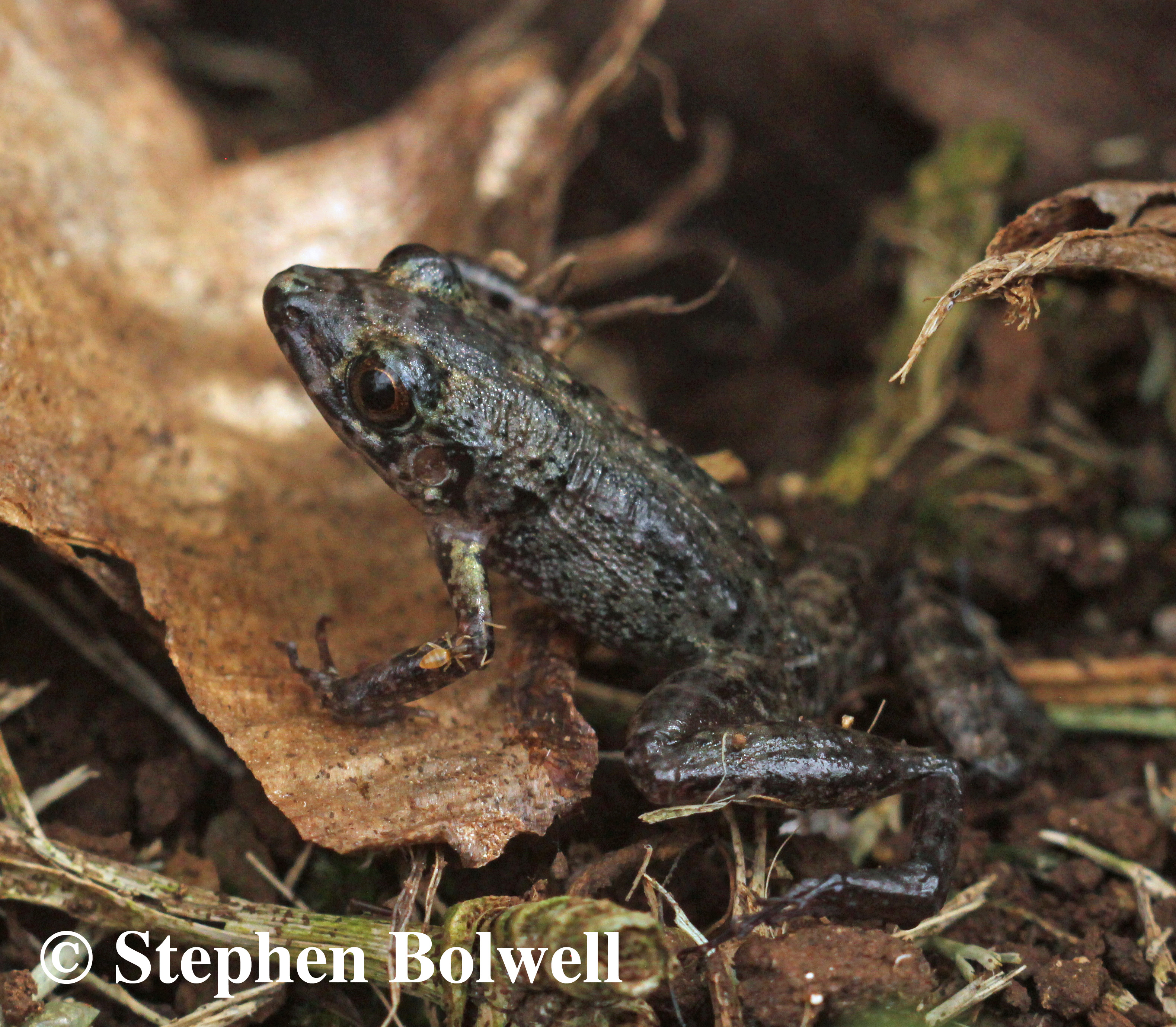
The introduction of reptiles, amphibians, birds and mammals have proven to be overwhelmingly inappropriate. They have arrived in waves over the years and are partly responsible for the annihilation of many unique and extraordinary native species.
It is thought that were no amphibians or reptiles on Hawaii before the arrival of man. Certainly there were no brown anoles when I first visited – these appeared in the mid-1990s and are now so numerous in some parts of north west Maui it is difficult to walk along pavements without treading on one; they can also be seen crossing roads amongst busy traffic. The problem is, anoles will eat anything lively they can swallow and that’s bad news for small, mobile creature of Hawaiian origin.
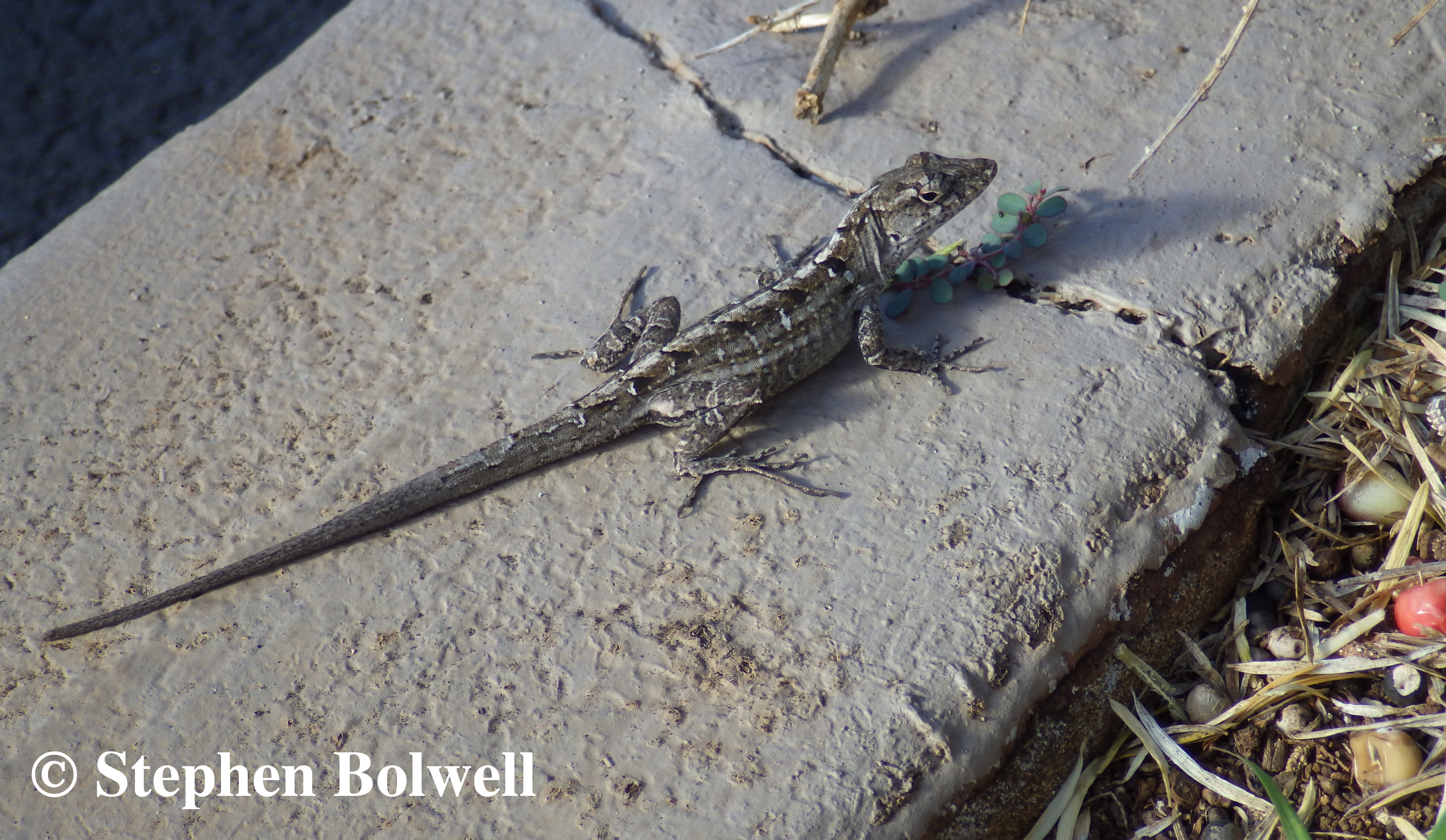
A young man selling fruit in a local market told me that he had recently lost a pregnant Jackson’s chameleon and it was now living in a tree close by his town house; the creature probably wasn’t going to do a lot of harm there because very little native fauna has survived in the local area. On the up side, he had captured and removed the creature from a nature reserve where a large pregnant female was bound to cause problems. A chameleon is an impressive find in its native Africa, but released into the wilds of a tropical Pacific island it is just another pest – despite their visual appeal all introduced reptiles and amphibians are detrimental to Hawaiian ecosystems.
Out of town, beautiful natural areas are still be found, although many have become so degraded that native diversity is far lower than it should be, but without an intimate understanding of local wildlife, most of us wouldn’t notice.
Over the years many lowland areas have been cleared for agriculture, in some cases providing only short term financial benefits to local people. The return is hardly worth the natural wonders that have been lost, with so much replaced by attractive looking weeds and vermin, but weeds and vermin nevertheless.
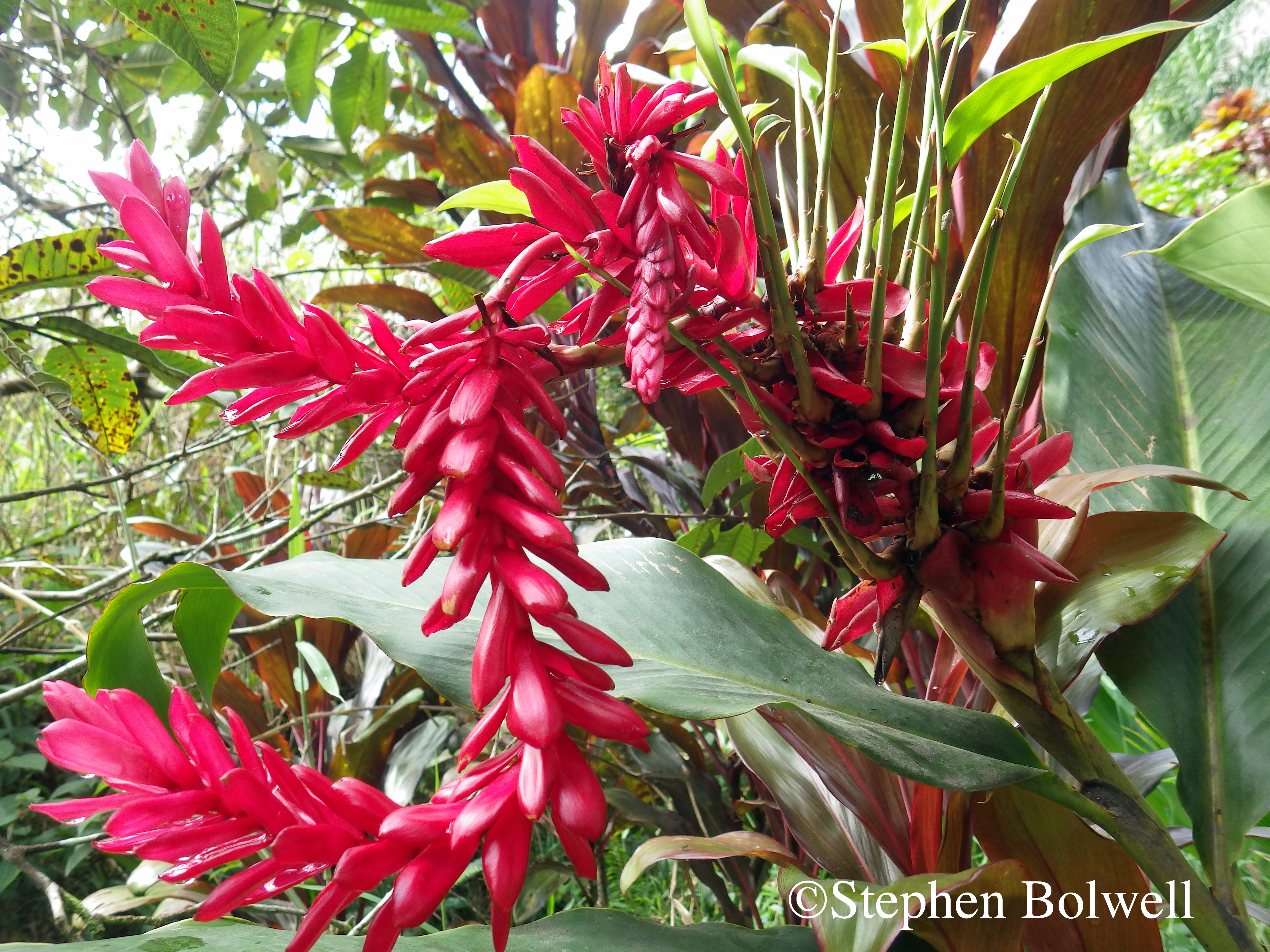
The attack on island resources started from the moment Europeans set foot on Hawaiian soil, although generations earlier Polynesian settlers also brought their fair share of devastation.
From the time of Captain Cook’s first landing on the Islands in January 1778 it was common practice for seafarers to dump goats, pigs and other livestock on remote islands considered suitable for their survival, to provide fresh meat for any future visit. Livestock, along with seeds were commonly given to native people as a gesture of good will at a time when there was no understanding of the problems caused by introduced species. Today we know better, but oddly, non-native introductions continue to plague the islands.

The scope of discovery during Cook’s three major voyages to the Pacific region was incredible; and included not only the charting of many previously unrecorded areas, but also a huge contribution to scientific knowledge, in particular the classification of a great many plant and animal species. However, the romantic idea that explorers, particularly those following in the wake of Cook, were traveling to distant places simply to observe and then move on without interfering, is a fiction.
As much as we might admire the skills and endurance of Captain Cook’s voyages of discovery, it is difficult to ignore that between 1768 and 1779, his diligent and obsessive recording of unchartered regions of the Pacific area, would be the starting point for a wave of European plunder.
Beyond all the record taking, early exploration of the Pacific region was largely a mixture of pillage and punch up and during one such encounter with natives on the Big Island Hawai’i, Cook lost his life. After a successful visit to Kealakekua Bay, he had been forced to return when a mast on his ship broke during a gale and relations with the local natives quickly became strained. Captain Cook met his end on February 14th 1779 during a skirmish on the beach – the incident was perhaps as a direct result of an illness, which caused Cook to exhibit increasingly erratic behaviour, compounding his intransigent dealings with an unfamiliar culture.
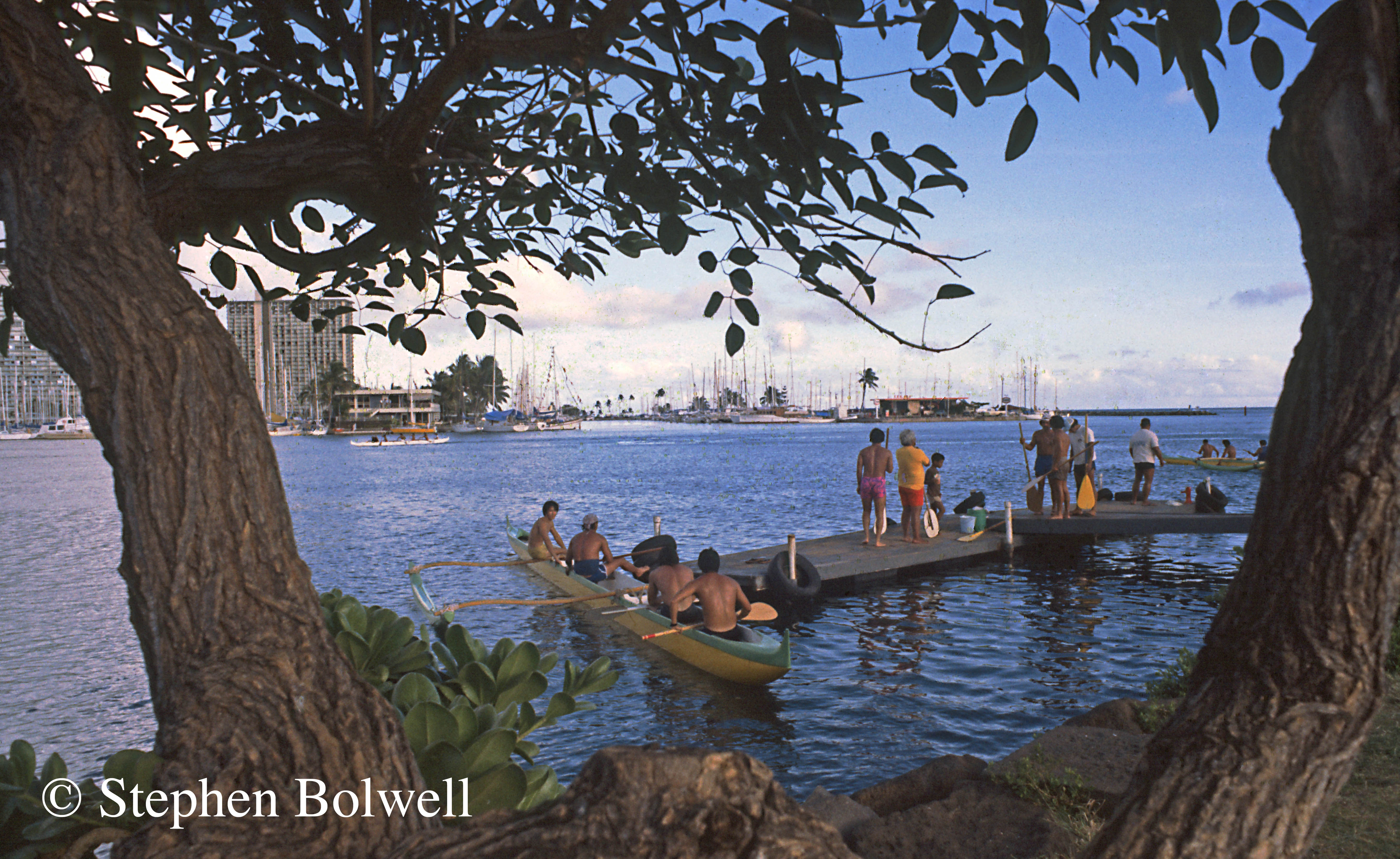
Early European colonisation of Pacific Islands was centred around grabbing anything useful that nature had to offer.
The process usually started with the felling of trees; in the first instance to replace masts and refurbish vessels – which were justifiable activities, but it didn’t stop there. Log entries – and I’m talking books not trees – reveal that forests were regarded as resources that could be felled and taken for profit to the other side of the world with little or no benefit to local people.
There was often such an enthusiasm to clear a location of its trees in order to plant crops, that whole forests were simply burned. Every day, somewhere in the world this is still happening – a waste that seems almost unimaginable – in the process species are disappearing before there has been a chance to record them. A situation that makes the methodical recording during Cook’s travels more than two centuries ago, all the more impressive.
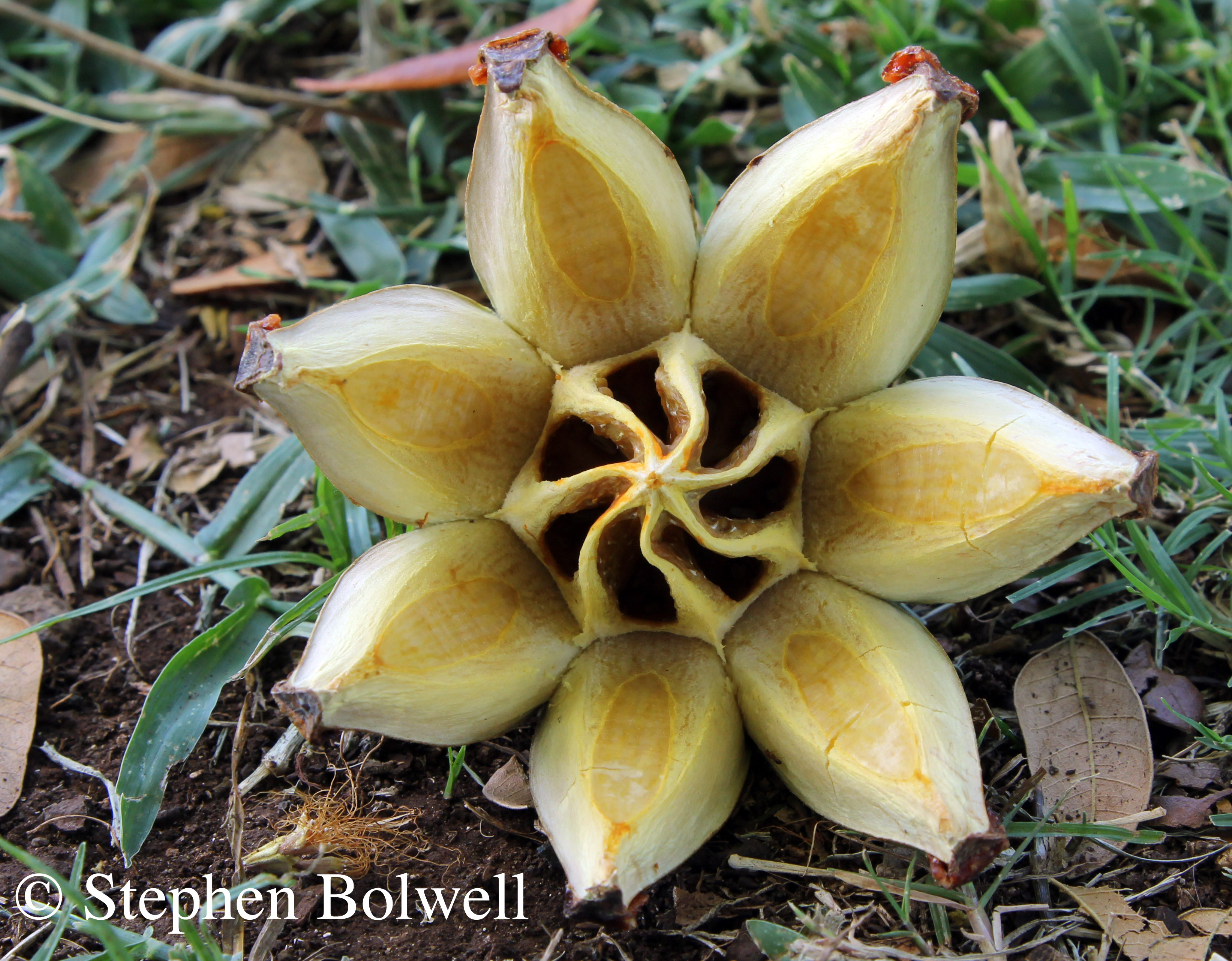
On these early voyages of discovery cameras weren’t an optional means of recording landscapes, which instead had to be painted. Plants and animals were collected and preserved but they were also rendered in watercolours by ships naturalists and artists, often with such beauty, they still have resonance today.
Although botanists were recording native plants by making beautiful pictures, they were also looking for plants that might in future become commercial crops – understandably, there was always more going on than the recording of beauty and science.
Stop overs for the collection of specimens were often selected because of a sheltered harbour, such locations were often inhabited, and the ships crew would require that ship repairs were balanced with leisure time, which usually meant fraternising with local women wherever possible. Adding to a native gene pool is one thing, but the pestilence and disease that Europeans unwittingly brought to the region was quite another. The problem extended beyond the devastation of human populations to the destruction of native cultures, in particular by missionaries who believed they had a God given mandate to change behaviours that they didn’t like or understand. And while the Pacific Islanders were getting their cultures re-calibrated, their natural resources were also being depleted and destroyed over a very short period of time.
On the Hawaiian Islands, there has been considerable forest clearance as well as destruction of coastal wetlands to produce crops of sugar cane, pineapple, macadamia nuts, coffee and tropical fruits. What followed was the heavy use of fertilisers and the subsequent contamination of ground water and the surrounding ocean – for the most part such problems have been downplayed.
Invasive species, are then, only part of the problem… it’s nice to have something else to blame, rather than allowing the burden of guild to fall entirely on ourselves. Some might say that our species has been insensitive, even a little greedy in our dealings with the natural world… but surely, that can’t be us, can it?
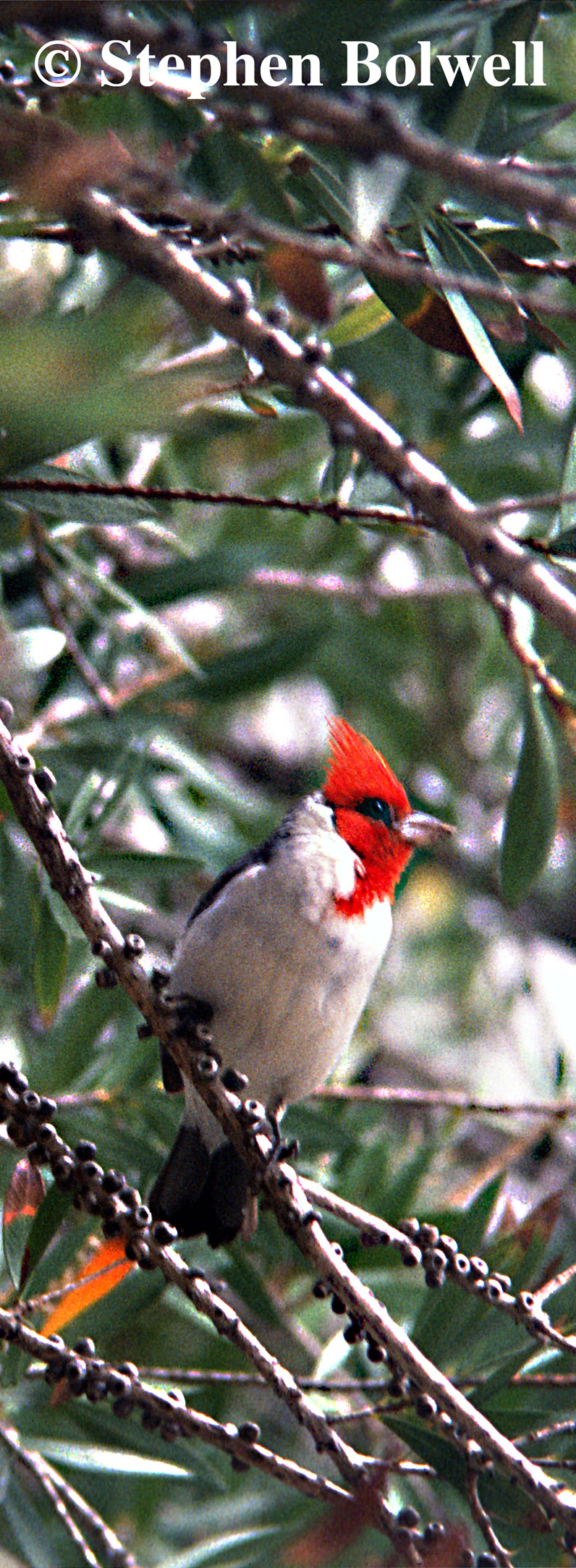
For a while during the 20th Century the pineapple industry flourished – at one time Hawaii supplied 70% of the world’s pineapple juice, but that didn’t last; lower labour costs elsewhere (in the Philippines for example), caused the industry to move away. The creation of jobs when a big agricultural concern takes up residence is a short term illusion, because in the end most enterprises will gravitate towards the lowest labour costs, although in fairness the wages paid to farm-workers now in Hawaii are now more likely to be above minimum wage.
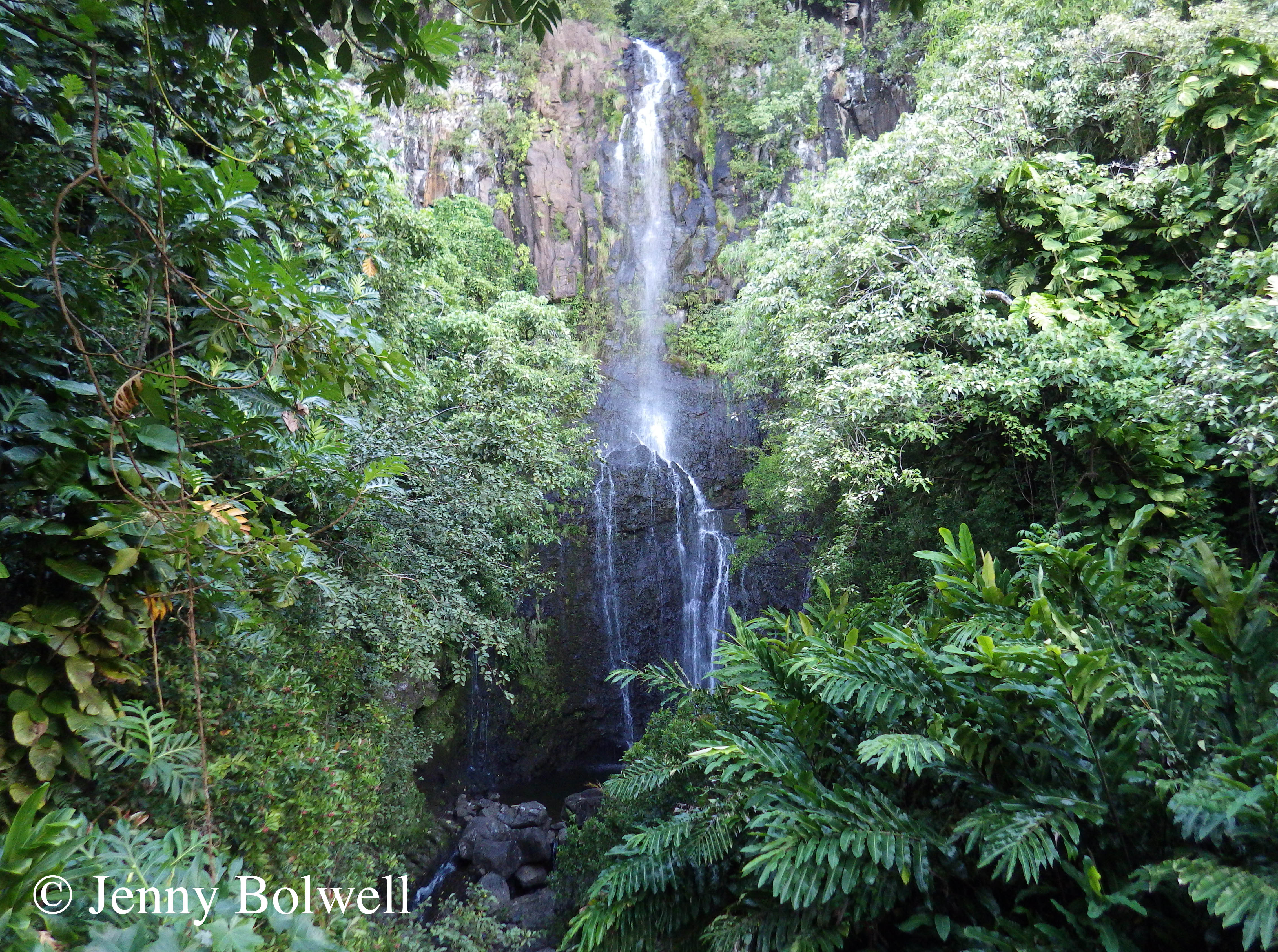
About one third of the economy now relies upon tourism and with the rapid worldwide expansion of ecotourism, it would make sense to allow some lowland agricultural areas to revert to their former natural state. This might seem rather fanciful, but Hawaii could command an increasing share of the ecotourism market if it were more closely aligned to the uniqueness of its ecosystems.

For less impressionistic pictures – Google: Images for I’iwi bird.
There is however a problem for ecotourism on the Islands.
Many people will travel to specific locations to see unusual birdlife, but sadly, of the 140 species of native birds that existed before the arrival of man, 70 are now extinct and 30 are endangered and increasingly it is difficult to find native birds in Hawaiian forests.
For details of Hawaii’s extinct birds, see: http://www.birdinghawaii.co.uk/extinctbirdarticle2.htm
There were once five species of honeyeater to be found on the Islands although recent research suggests that the birds are not, as was first thought, related to Australasian honey eaters, instead they make up a new songbird family, the Mohoidae, which is more closely related to waxwings. These are exactly the sort of birds that people would travel to see, but unfortunately the last representative of this family native to Hawaii went extinct probably sometime in the early 1980s and that really is a tragedy.
For Hawaiian Honeyeaters see: http://www.smithsonianmag.com/science-nature/picture-of-the-weekhawaiian-honeyeaters-180945790/?no-ist
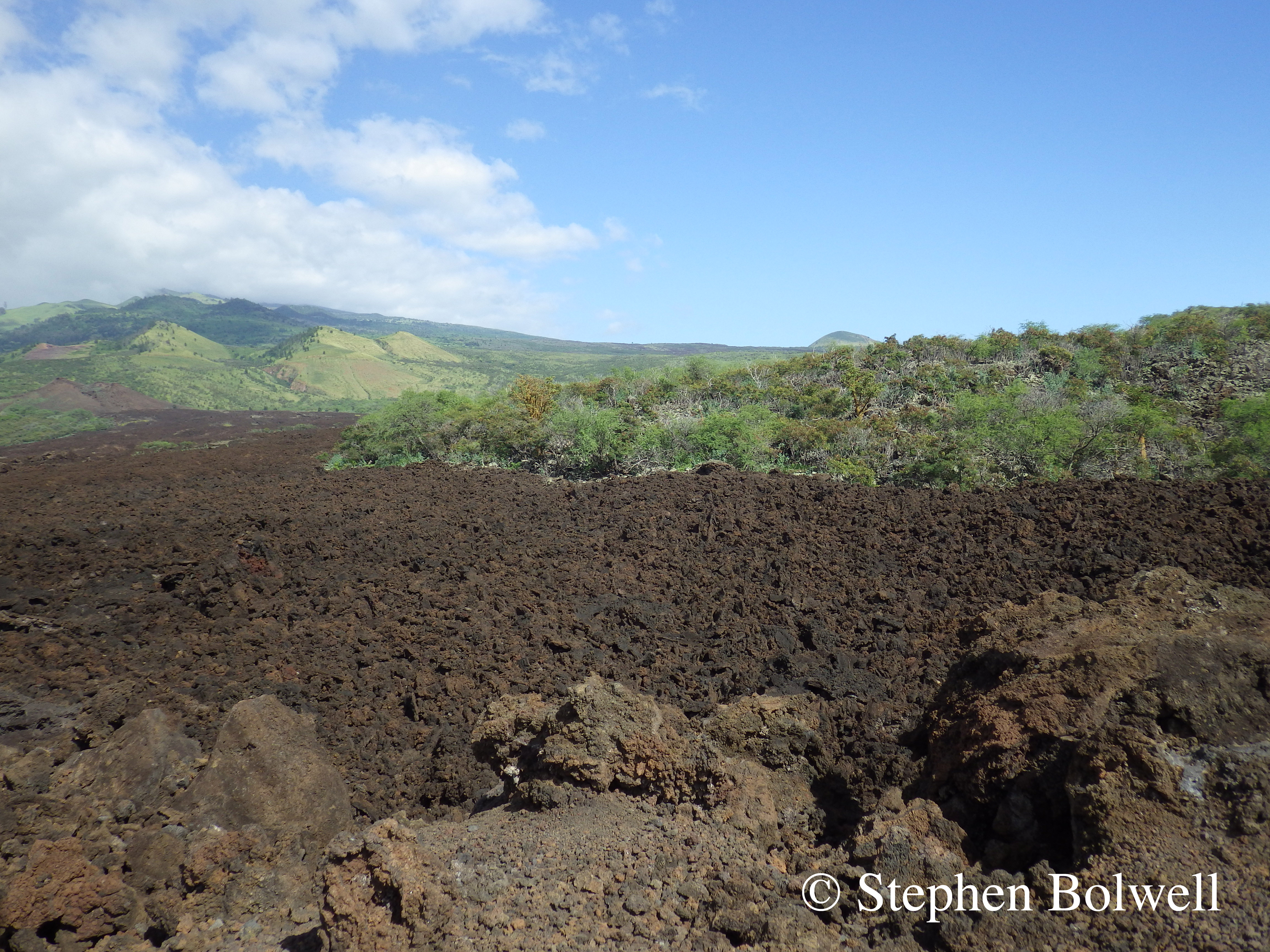
The decrease in Hawaii’s native diversity has worldwide consequences, because although the Islands still appear very beautiful, there are problems in the fine detail – it is rather like having a contract and ignoring the essentials in the small print – as many unique little creatures have gone missing across the Islands. It is necessary to notice this and react, because if we choose not to do so on a chain of small islands under the control of a wealthy country, where else will people be bothered enough to act.
We are morally obliged to tune in and push for a sea change in attitudes, because without it, the world will pretty soon be inhabited by little more than rats, cockroaches, starlings and us. Natural diversity is a measure of the health of our world and it needs to be maintained.
It may not be possible to bring back natural Hawaii to the way it once was, but everybody should be aware that there is a problem because human induced extinction is unacceptable. There is a certain dignity in showing at least a little disappointment that we are increasingly the cause of species destruction and to demonstrate this, we need to move beyond the trivial. Just because the grass gets watered and is manicured well enough for a picnic, or to play golf… doesn’t mean that everything is fine – it is necessary to work towards a different level of awareness based upon the facts.
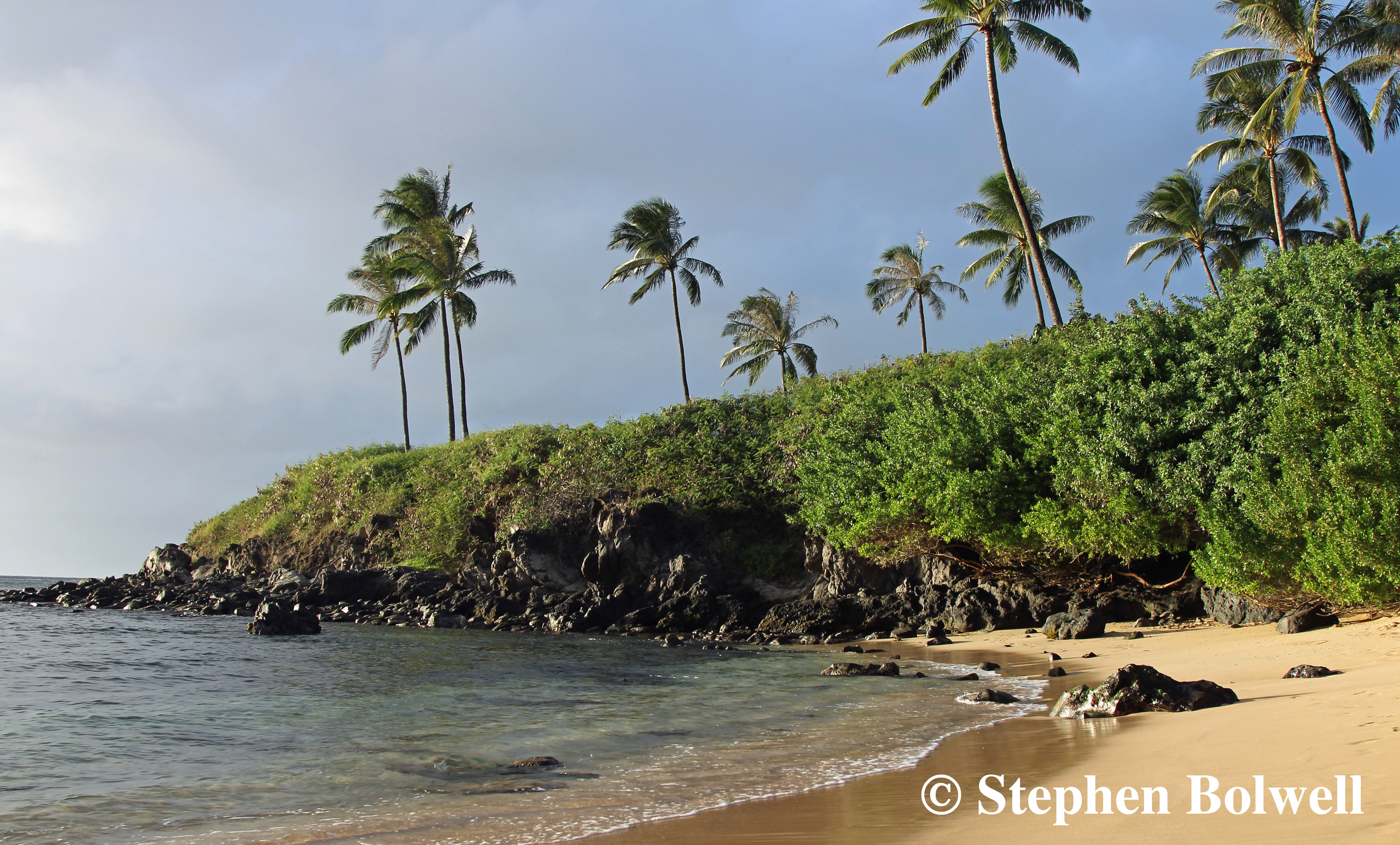
I was fortunate to film many small plants and animals during the early part of my career, recording some for the first time in moving pictures. Today, many of these have moved a little closer to extinction, and some species may have disappeared altogether, which is disconcerting, because although the vital existence of a species shows incremental change over time, many have existed without discernible modification for millions of years and we have no right to end their tenure on Earth so abruptly.
Despite all the declines and losses, taking a photograph of an unusual plant or animals is never a waste of time, because information is the key to making necessary changes in thinking. So, if you see an unusual plant or animal, then why not take a picture, it might lead to the conservation of a natural environment and in some small way help save the Planet… or at least some of the stuff that lives upon it.
